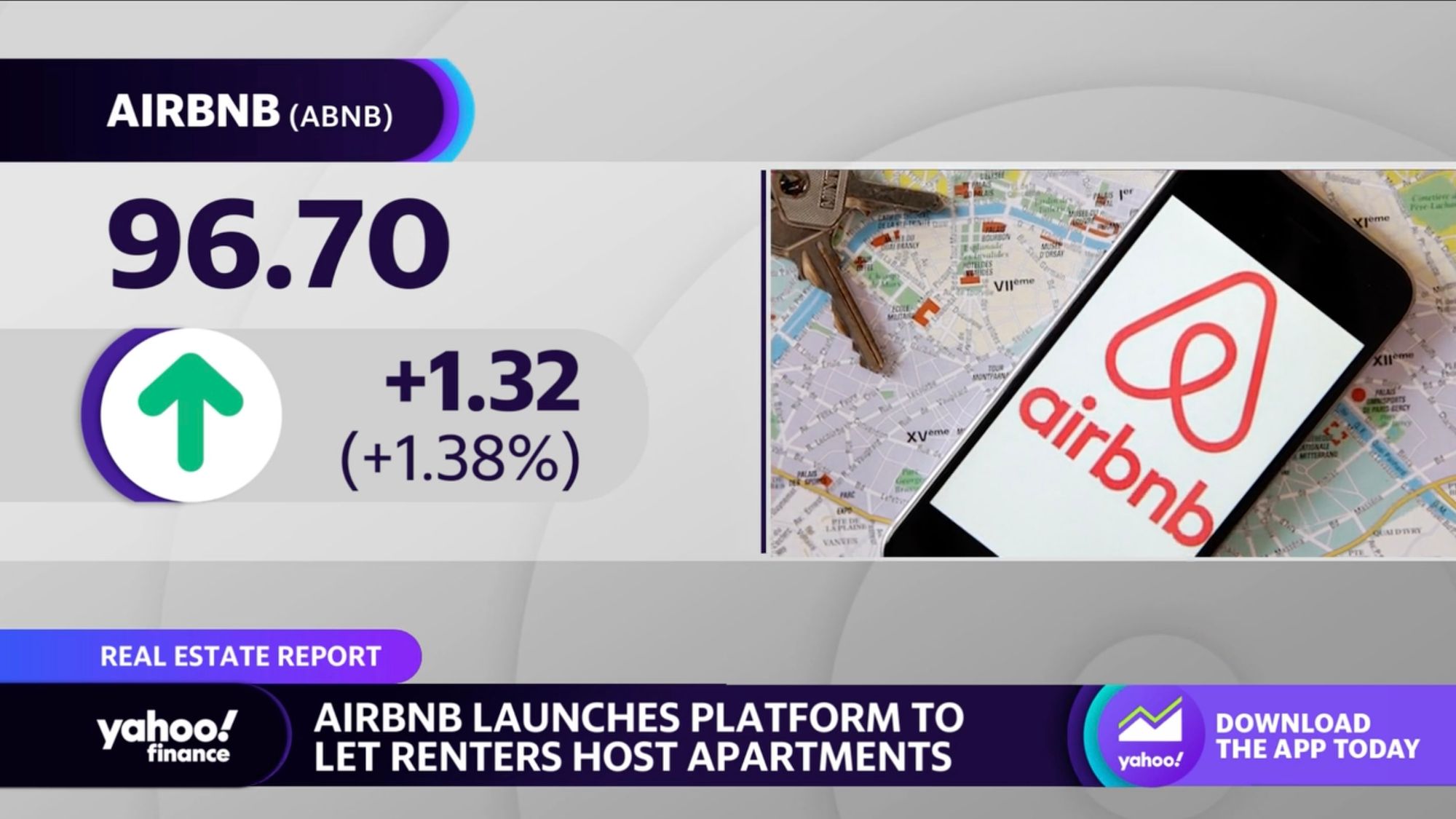Part 19: Be focused, pick your bets, show value!

Hello everyone,
Welcome back, and good morning.
We got a good snowfall here in Salt Lake, with winter well and truly here.
If anyone is ever out in this part of the world, give me a shout - I would love to grab a beer, or do some skiing with you!

Wanted to begin by reviewing an interesting conversation I had last week with Swaroop Koli who is building out some cool tech over at Pronto.
We talked about the changing market conditions and what this means for partnership teams.
Swaroop made the comment that he thinks sourced revenue is going to become the only metric organizations care about moving forward, and the concept of influenced revenue is going to come under more and more scrutiny.
I have to agree with him.
Influenced should be the overarching category that organizations care about in my opinion. However, with increased targets, reduced headcount and stressed revenue teams, the ability to fill the pipeline for the business is going to be the number one priority and what will allow you to elevate your program.
If you can show net new revenue being added by your partnership team, it will keep you insulated against org wide cuts, whilst also enabling you to pick up additional budget for co-marketing and other activities that will allow your program to scale even further.
partnerships in the wild
This partnership in the wild comes from AirBnB, who recently announced they would be partnering with several major landlords and management companies to list apartment buildings where renters are allowed to offer short-term sublets on the site.
This is a huge move in the property management industry as it opens up a massive money making opportunity for renters who want to make some spare cash when they are out of town or on vacation.
In popular areas (such as Salt Lake during ski season) this could be a great opportunity for renters and could help mitigate delinquency and vacancy loss with rising rental prices for landlords.

And with that, let's hop into this week's issue.
This week's issue is around picking your partnership strategy, sticking to it and not getting distracted.
In the world of partnerships, it's very easy to run off in a multitude of directions.
The possibilities can sometimes be overwhelming and endless.
Lets take my time at Help Scout for example.
When I arrived, we had an affiliate program: we had 50+ integrations and inbound interest from a multitude of channel partners.
Three potential partner programs that could bring revenue to the program.
So how do you decide which one to focus on?
Where do you put your energy and effort?
The first thing you need to do is understand the why behind your partner program.
🤔 Why were you brought in to build partnerships?
🤔 What does your boss care about?
🤔 What does success look like?
Using the example of Help Scout, the #1 focus for the program was net new revenue (regardless of the conversations I pushed to look at other factors such as influenced revenue).
Because of this I did two things:
1. Re-assign affiliate program
The reason I focused on this action is because in order for an affiliate program to be successful, a TON of manual effort is required to prospect “good” affiliates which can be extremely time consuming.
The program itself was not in good shape, having almost a thousand affiliates with very little revenue being brought in.
Because of this, I made an effort to redesign the program, such as the onboarding and education process, as well as the commercial terms and then handed it back to marketing on autopilot.
2. Prioritizing technology partners
With the list of technology partners we had, coupled with the data we were seeing from Crossbeam in terms of account crossover, it made sense for us to focus on our integration partners.
Having a dedicated partner manager over this subset of partners allowed for more tactical management of accounts, including account management, enablement sessions and co-marketing initiatives that grew these relationships and resulted in business being sent both ways.
3. Doubling down on channel partners
As mentioned above, we had a number of inbound requests from channel partners, some of which were already generating leads for the business.
Putting a dedicated resource on these partners to accelerate growth, as well as replicating this IPP and recruiting more high potential partners, made sense as there were already signs of success and significant revenue being generated.
A trick that I used to recruit more channel partners quickly was to scan through our internal database and unearth agencies and BPOs that were current customers who would also make good partners.
Doing this, I was able to recruit around 80 partners over a 3 month period.
The above were strategies at Help Scout mainly because revenue was king to our VP of Sales.
But for some companies that is not the case!
For example, some companies may start partnership programs to move into different markets, in this case your partner strategy might change.
You may start a partnership program to help with provision of services and increase retention in your product. Again your partner strategy would likely change here.
Trying to chase 8 different avenues at once will not result in an impactful program.
No matter the reason for starting a partnership program, make sure you understand the goal, focus on that goal, and become hyper-focused on crushing that goal.
There are several potential ways to approach a partnership program: pick the route that aligns most closely with the company's goals.
P.S. Check out my LinkedIn page daily for some holiday cheer with my version of the advent calendar: 25 days of Partnership tips and tricks from some of the greatest minds in the industry! 🎁
Until next week….
Cheers,
Ben





